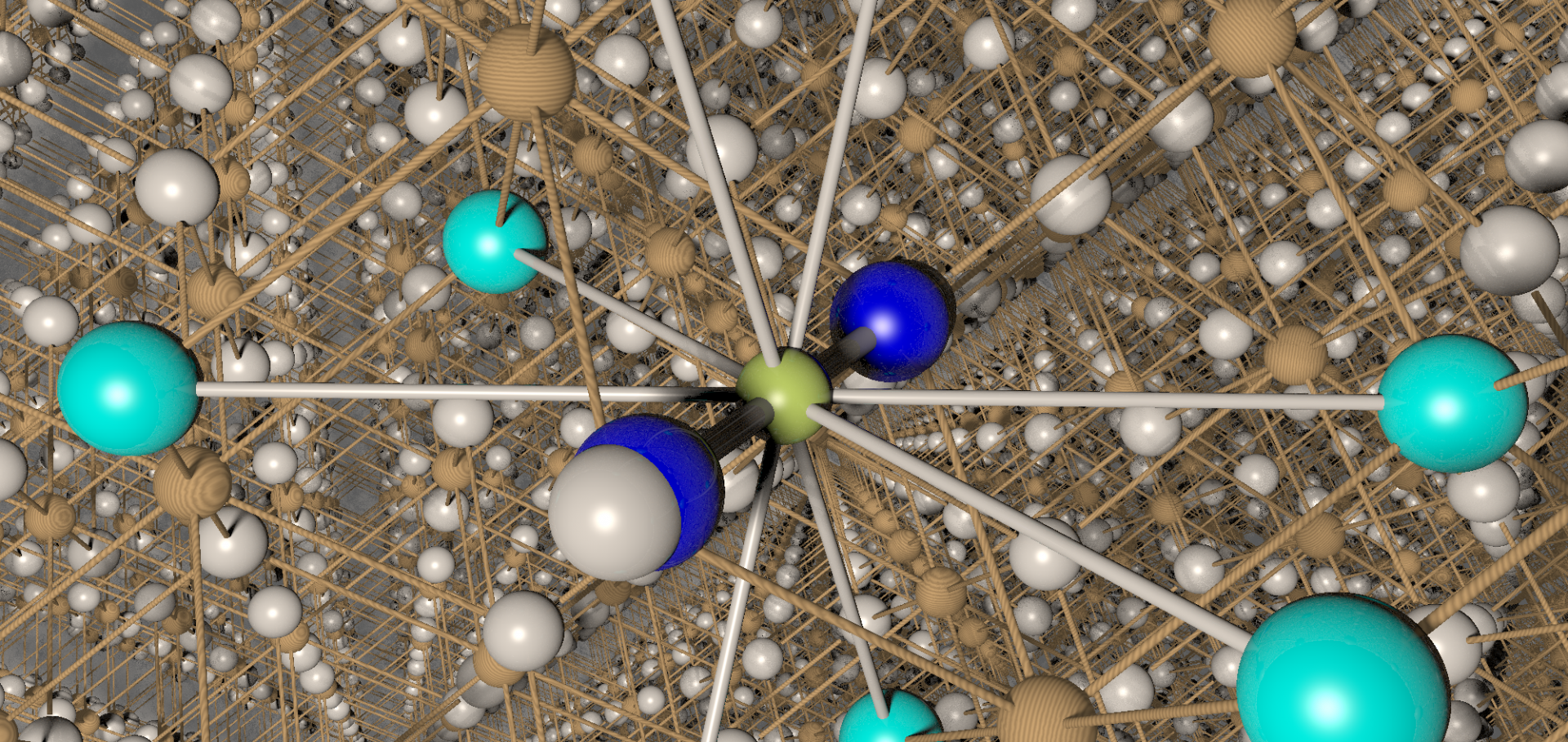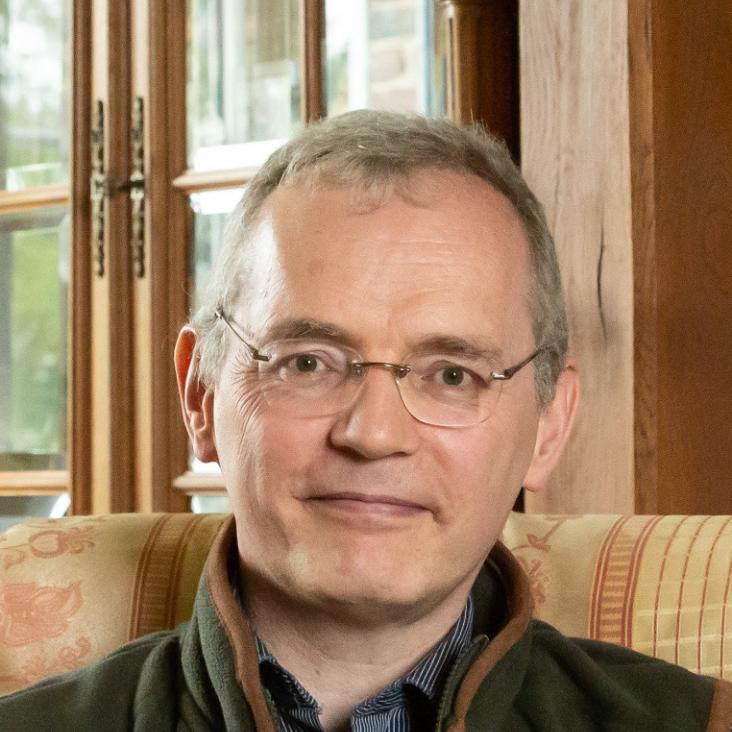ChemInform Abstract: Control of Magnetic Ordering by Jahn—Teller Distortions in Nd2GaMnO6 and La2GaMnO6.
ChemInform Wiley 32:21 (2001) no-no
Test for interlayer coherence in a quasi-two-dimensional superconductor
(2001)
Muon‐Spin Rotation Studies of Molecule‐Based Magnets
Chapter in Magnetism: Molecules to Materials I, Wiley (2001) 235-256
A mu SR study of the CDW in TTF-TCNQ
SYNTHETIC MET 120:1-3 (2001) 997-998
Abstract:
The muon spin rotation (mu SR) technique is primarily a powerful probe of the magnetic properties of materials; but it is also possible to measure charge-density related effects using muon quadrupolar level crossing resonance (QLCR). We present the first study of a charge density wave (CDW) using mu SR in TTF-TCNQ. The CDW develops below the metal-insulator transition at 54 K and we study the evolution of the CDW as a function of temperature using the QLCR resonances of the nitrogen atoms on the TCNQ molecules as the probe.A quantum-mechanical model of quasi-one-dimensional conductors
SYNTHETIC MET 120:1-3 (2001) 1009-1010


